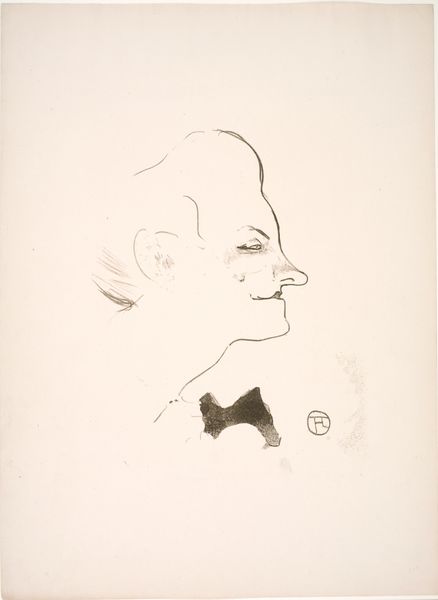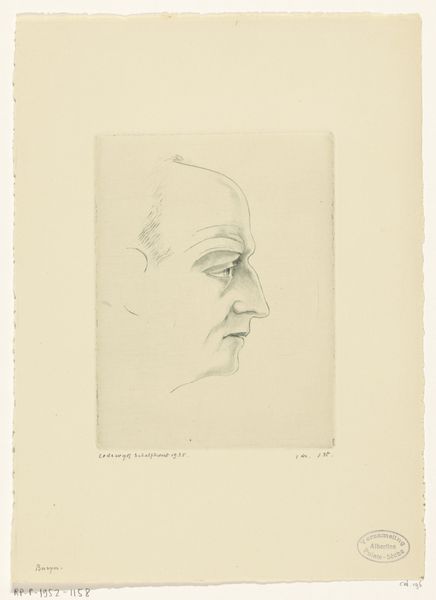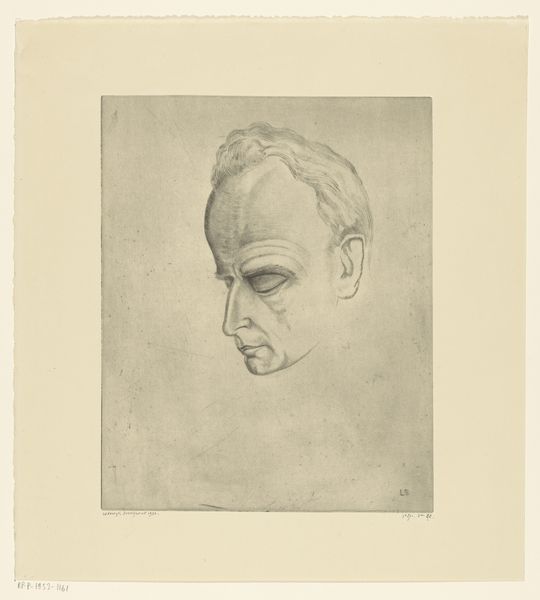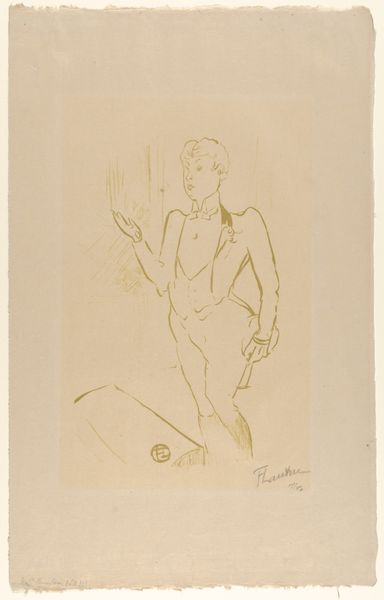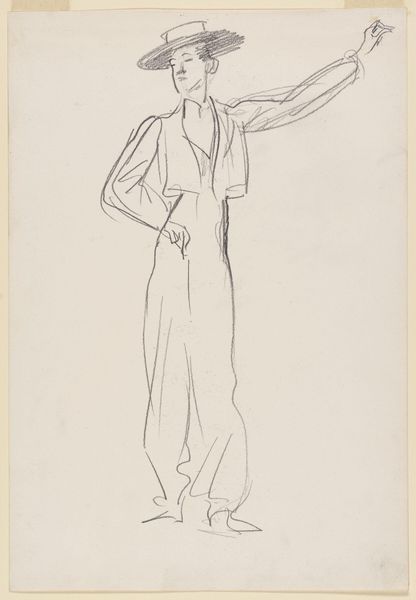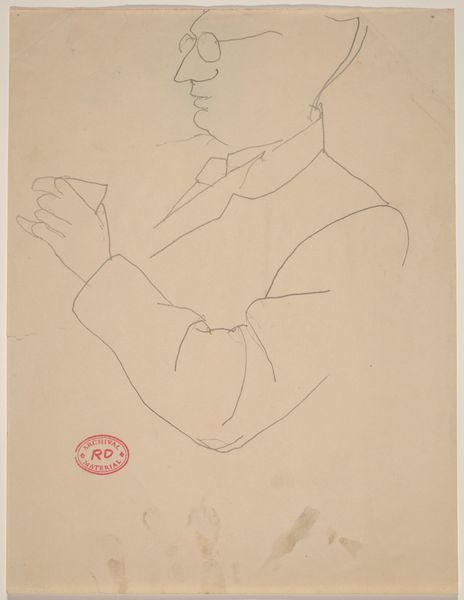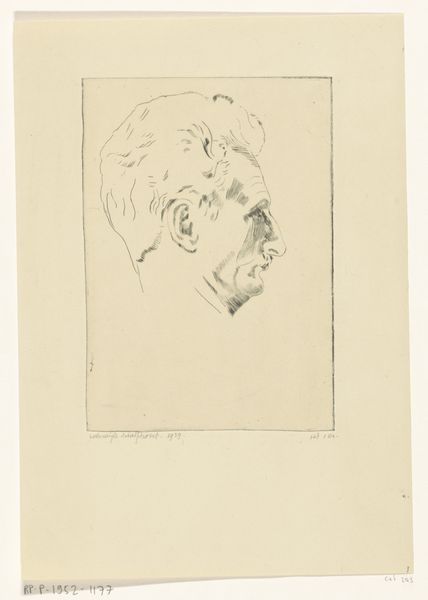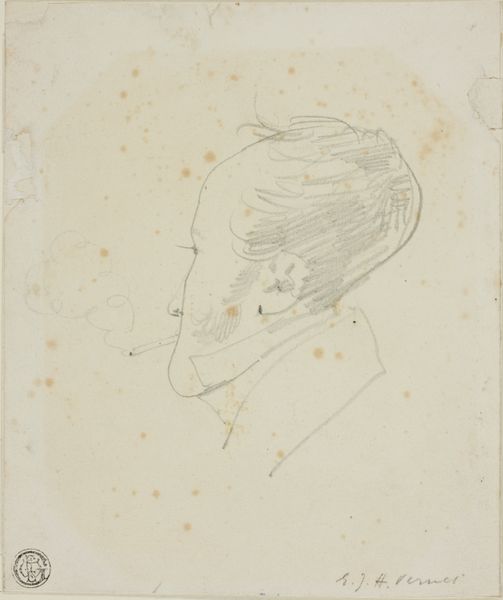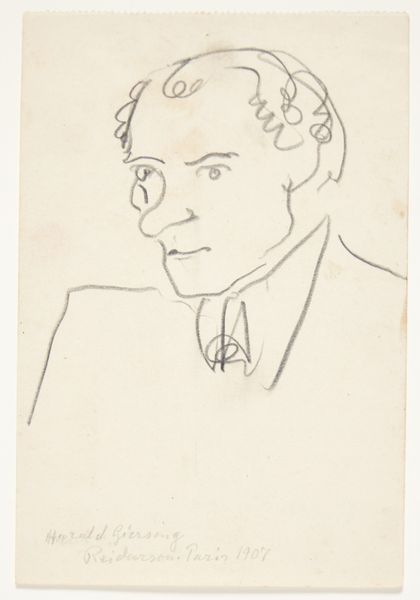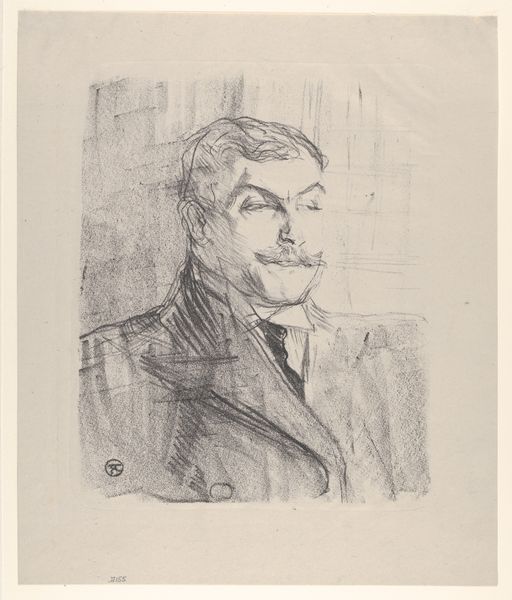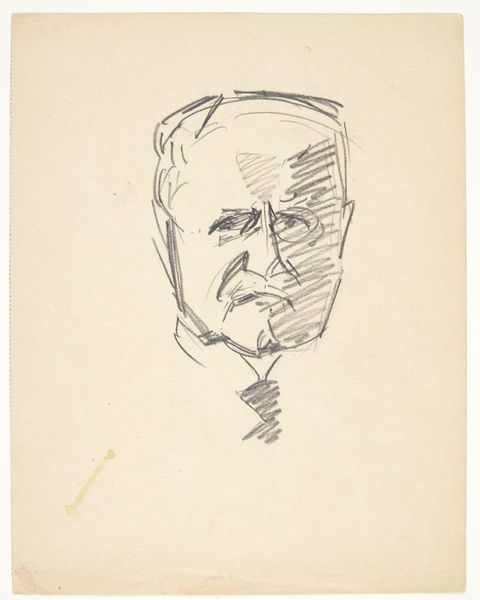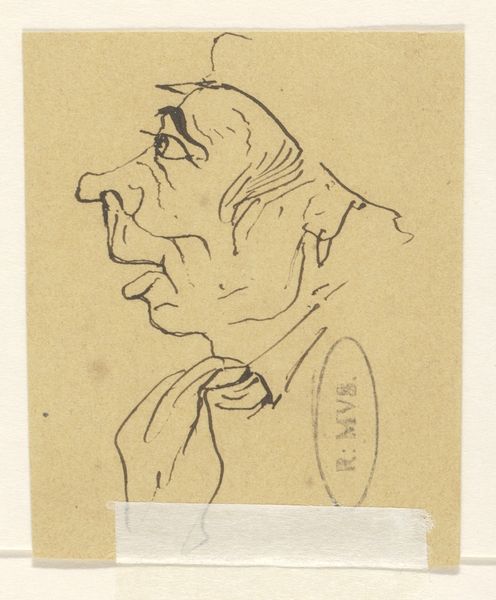
drawing, lithograph, print
#
portrait
#
drawing
#
art-nouveau
#
ink drawing
#
lithograph
# print
#
pencil sketch
#
pencil drawing
#
line
#
portrait drawing
Dimensions: Sheet: 17 5/16 × 12 5/8 in. (44 × 32 cm) Image: 9 15/16 × 8 3/4 in. (25.3 × 22.3 cm)
Copyright: Public Domain
Editor: Here we have Henri de Toulouse-Lautrec’s “Yvette Guilbert (from Le Café Concert),” a lithograph from 1893 residing at the Metropolitan Museum of Art. It’s a spare, almost brutally honest, line drawing. What stands out to me is its almost caricatured portrayal; how does this relate to the art scene at the time? Curator: Well, remember that fin-de-siècle Paris was grappling with rapid industrialization and shifting social mores. Lautrec’s prints, particularly those of performers like Guilbert, were both documenting and participating in a cultural revolution. He depicted figures from the margins, normalizing and perhaps even celebrating subcultures not typically represented in fine art. What's the public role do you think art like this played? Editor: I guess, beyond mere representation, the focus on subjects like this meant bringing everyday life of "common people" into what was considered "High Art"? And through doing so, shifting or blurring the boundaries between the two spheres? Curator: Precisely. And Guilbert, a star of the café-concert scene, was a powerful persona in her own right. Her act, full of biting satire, challenged bourgeois values. Lautrec, through the then relatively novel medium of the print, amplified her voice. Distribution networks allowed this image, this 'challenging' woman, to reach a wider audience, influencing public perception. Were all people excited to see her portrayed in a serious art setting? Editor: I imagine not! I can see this artwork as challenging for the elites who felt challenged by the democratization of representation itself, or by Yvette’s persona... this insight truly adds depth to what seemed a simple drawing on the surface! Curator: Indeed. Looking at art through a historical lens, especially considering the social and political context, unlocks narratives far beyond the aesthetic. We must ask "who benefits?", "who suffers?", and "who decides what is Art and what is not?" Editor: That's something I'll keep in mind in my studies. It really changes how you approach an artwork, doesn't it? Thanks.
Comments
No comments
Be the first to comment and join the conversation on the ultimate creative platform.
